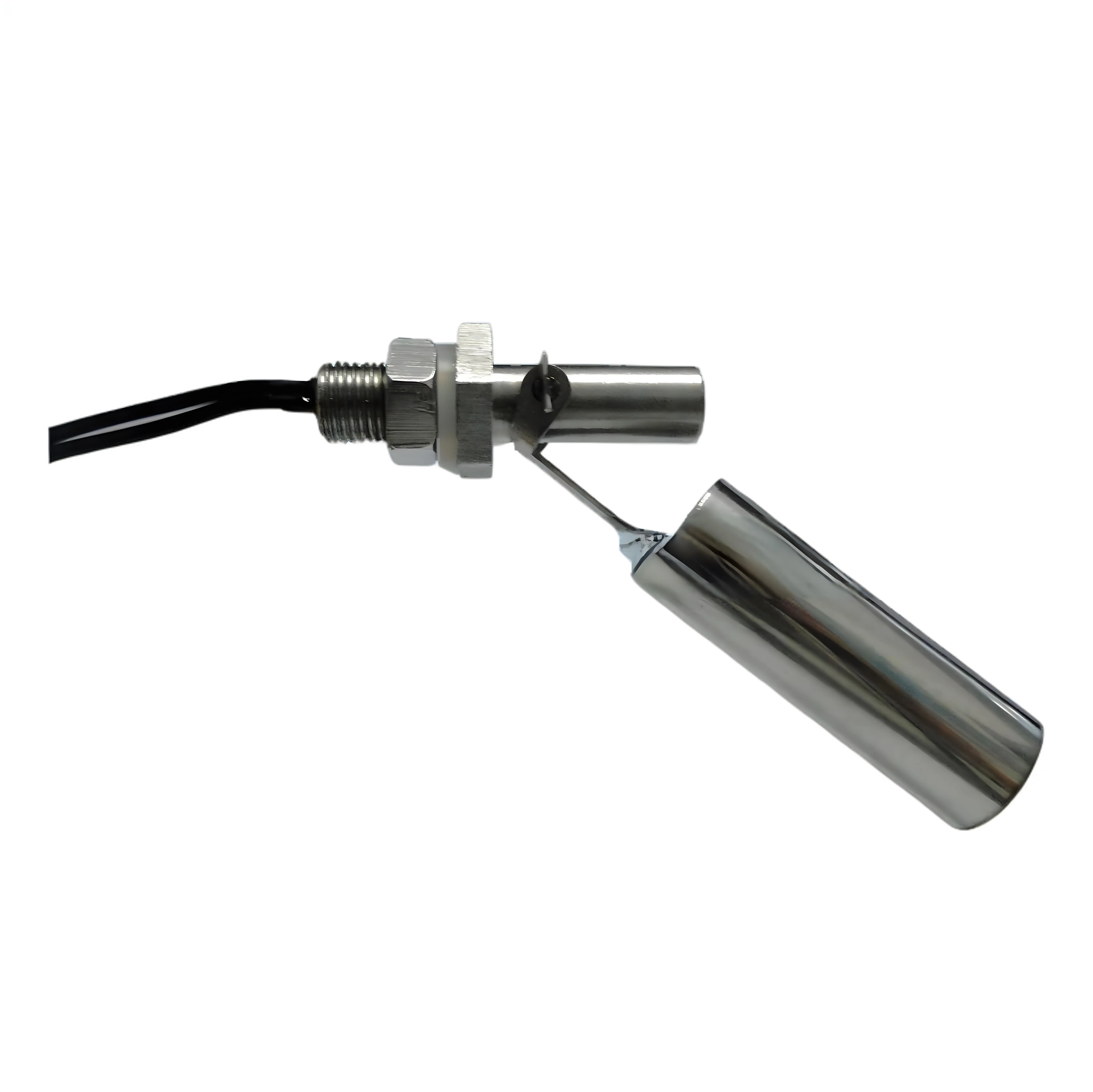A float level switch plays a crucial role in monitoring and controlling liquid levels in tanks, sumps, and reservoirs. Whether you're managing industrial processes, wastewater systems, or home automation projects, correct installation is vital for ensuring reliable and accurate performance. This guide walks you through each step of the installation process for optimal results.
Before beginning the installation, make sure you have all necessary tools and materials ready. These typically include a float level switch compatible with the specific liquid and tank size, appropriate mounting hardware such as brackets or clamps, and waterproof connectors for electrical connections. A basic tool kit—containing items like a drill, screwdriver, and wrench—is essential, along with safety gear such as gloves and goggles to protect yourself during the installation.
Choosing the proper mounting location is key to the switch’s performance. Vertical installations are ideal for narrow tanks, allowing the float to move freely up and down. In contrast, horizontal mounting suits wider tanks where the float activates by tilting. It’s important to ensure that the chosen location is free of any obstructions such as pipes or internal equipment, which could interfere with the float’s movement and compromise its accuracy.
Once the location is determined, secure the float switch firmly in place. If you're using a bracket or clamp, attach the device securely to the tank wall while ensuring that the float remains unobstructed and can move freely. For switches that hang inside the tank using a cable or tether, adjust the length of the cable to position the float at the correct height for your desired activation point. Ensuring a stable and accurate mounting setup prevents misreadings and potential malfunctions.
Connect the float switch to your control system by following the specific wiring instructions provided by the manufacturer. You’ll typically connect to either the Normally Open (NO) or Normally Closed (NC) terminal, depending on how your system is configured. For environments where the switch may be exposed to moisture, always use waterproof connectors to protect against corrosion or short circuits. Before finalizing the installation, manually move the float to confirm that it activates the switch properly and that the system responds as expected.
After the physical and electrical installation is complete, fill the tank to the desired liquid level and observe the switch's response. It should activate consistently and accurately as the liquid rises or falls. Some float switches offer adjustable sensitivity, allowing you to fine-tune the trigger point for even greater precision. Make any necessary adjustments before placing the system into regular operation.
Several common mistakes can impact the effectiveness of a float level switch. Improper mounting can cause the float to give false readings, while using materials incompatible with the liquid being measured may lead to premature wear or failure. Incorrect wiring is another frequent issue that can result in pump malfunction or system errors. Taking care to avoid these mistakes will help ensure long-term performance and reliability.
Installing a float level switch is relatively straightforward when approached methodically. Choosing the correct location, mounting the switch securely, ensuring accurate electrical connections, and verifying operation through proper testing are all key steps in the process. With careful installation, you can achieve reliable liquid level detection suited to your application, whether it’s industrial, commercial, or residential.
